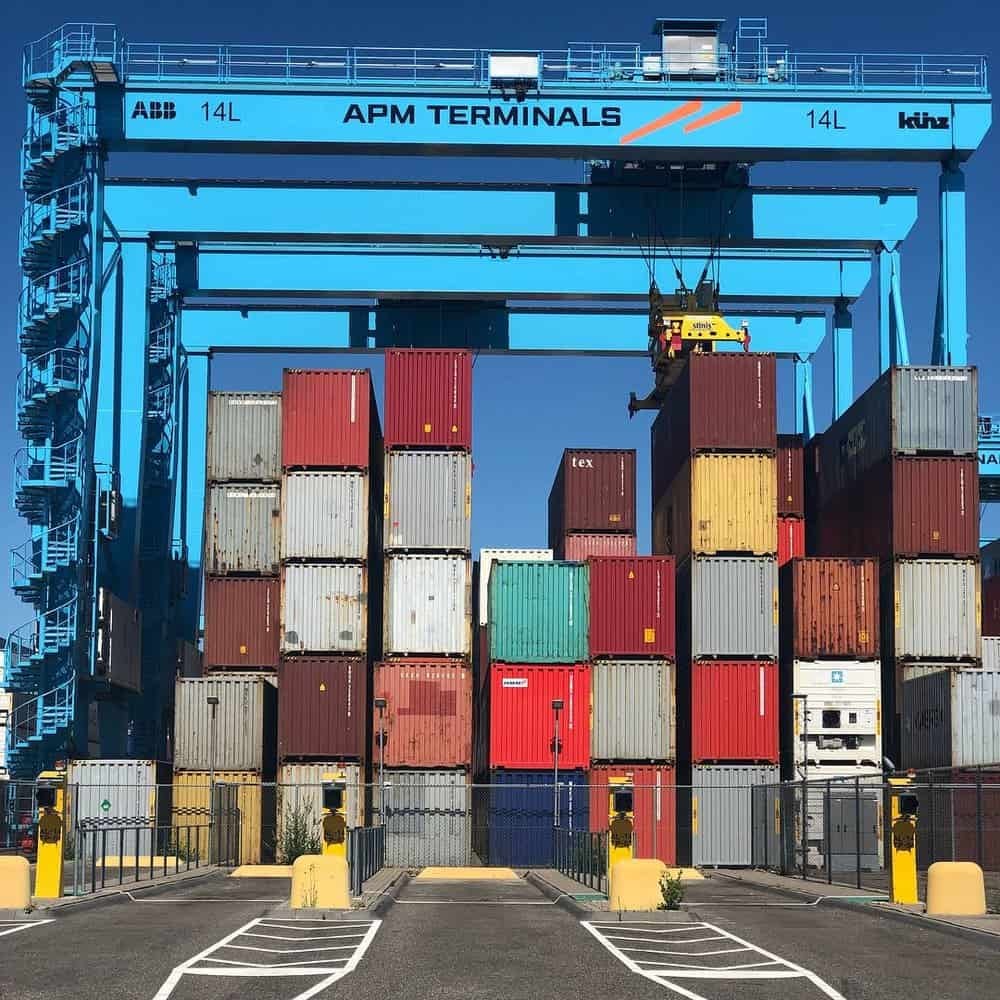
After years of studying technology innovation, speaking with top thinkers on technology innovation in freight, writing thousands of articles, and attending dozens of conferences, we get asked a lot of questions about tech innovation and timelines in freight. The most polarizing (outside of ELDs) discussion is about autonomous vehicles and the robotic supply chain.
People who are not involved in the industry get excited about the prospect of being able to commute to work without ever touching the wheel or being able to call an autonomous vehicle after a night on the town, while the industry’s workforce worries about the prospect of being replaced with a heartless and spiritless machine that can work around the clock. For the more than 8 million workers involved in the freight and supply chain industry, the concept has very personal implications.
So when we are told that the autonomous future has arrived, we are naturally curious and willing to fly wherever to see it in action. Our latest journey took us to the largest port in Europe, the port of Rotterdam. Rotterdam is a bustling city just outside of Amsterdam.
The irony of hanging out in the same country that invented global supply chains is not lost on us, especially when the Netherland’s role in the future of freight seems so vital. In the past three years, the Port of Rotterdam became completely autonomous, from the container cranes, loading of the boxes onto the chassis, the movement of boxes around the yard, and even the battery swapping of the yard dogs.
The port of Rotterdam handles over 250,000 containers a week, coming from all over the world. The terminal that we visited, APM Terminals, is one of the major port terminal operators around the world. The other two, DP Worldwide and Hutchinson, both have a presence at the port of Rotterdam. APM handles 80,000 container boxes a week, 52 weeks out of the year, working all day, every day, except for Christmas and New Years. They see about 8-9 ships a week, including about four SuperMax ships that can hold 20,000 TEUs.
APM’s terminal yard is orchestrated around an elaborate camera system using an OCR application that can identify each cargo box just from taking a photo. The photo signature enables the port’s computers to track every box and know where every single container is at all times. Roy de Haan, the Head of Commercial Management at APM Terminals, told us that in the past three years, the port has only lost a single container box since the fully automated system went into place. He compared this to the hundreds of boxes that get lost each month at a typical terminal.
The entire system operates behind a fence that humans are not allowed to access, except for authorized maintenance personnel. We are warned that the autonomous chassis do not stop and should someone make their way behind the fence, they risk being run over by the chassis, as they do not have sensors or equipment that are programmed to avoid obstacles that get on the predesigned track.
But the system is remarkably efficient. Each truck that comes into the port must schedule their arrival ahead of time. They are given a 30 minute window and if they miss it, they lose the appointment. But once admitted, the entire process of unloading and loading takes just twenty minutes. Compare this to the 45 minutes it took when humans operated the facility and you can see how much more efficient and advanced the robotic orchestra is.
For security and customs, there is a scanning section where trucks can pass through. The scanners check for nefarious goods, unusual cargo (contraband), and even radioactive cargo that would be the hallmark of a nuclear weapon. Our host, de Haan, told us that broccoli is radioactive and gives off a signal to the scanner. He jokes that he stopped eating the vegetable after seeing it register on the radioactive scanners.
One of the other strategic things that the port did to ensure efficiency happens to do with the layout. They have designed the cargo sections based on the transload mode that the cargo is destined for after it leaves the port. The rail yard is on the opposite side of the barge yard, with the truck yard being in the center. Once the cargo is offloaded from the boat, the computer system checks the BOL and identifies the destination and places it in the proper location to be moved on to the final point. Unlike in North America, there is a lot of container cargo that is shifted to inland barges. To an American, the site of seeing a group of barges loaded with containers seems a bit odd, but this is a common method for shifting cargo inland throughout Europe.
According to de Haan, the cost of moving a container to Basel, Switzerland by barge is just $100 vs. $600 if it was moved by truck. This pricing differential is made possible because of Europe’s friendly laws to inland waterborne freight, something that does not exist in the United States.
In thinking about the automated nature of the entire system, we asked about how supportive the human operators were of the system when it became implemented. To our surprise and delight, the system has not resulted in job losses, but has resulted in far fewer safety incidents and issues. The yard staff has moved into an air-conditioned office and now operate George Jetson style in the control room, ensuring smooth operations among the robotic cranes and vehicles.
Upon leaving, my colleague and I remarked how quiet and peaceful the whole place was vs. the typical container yard. The technologist in me can’t wait to see the same system implemented at ports in North America.
Stay up-to-date with the latest commentary and insights on FreightTech and the impact to the markets by subscribing.
